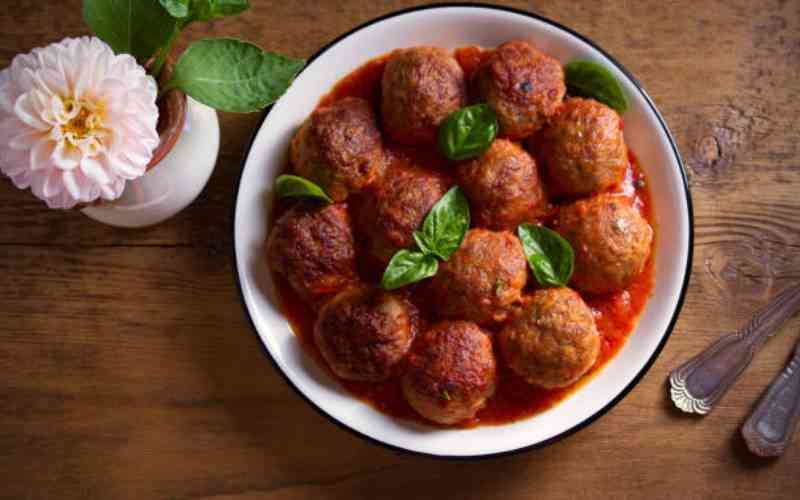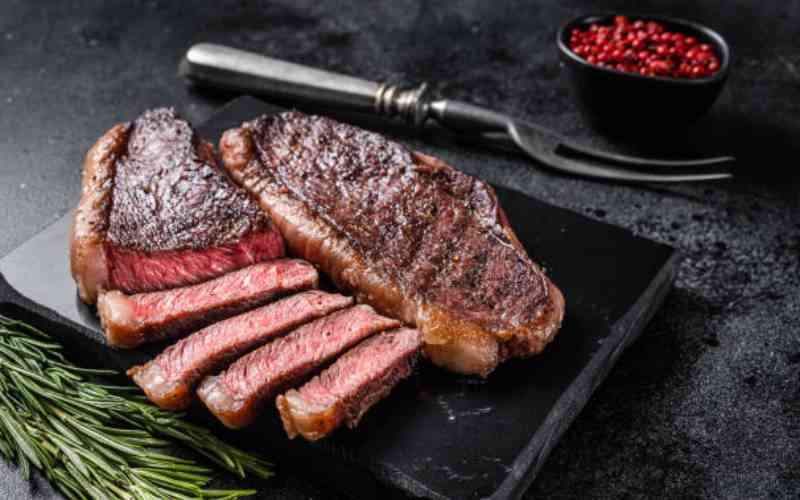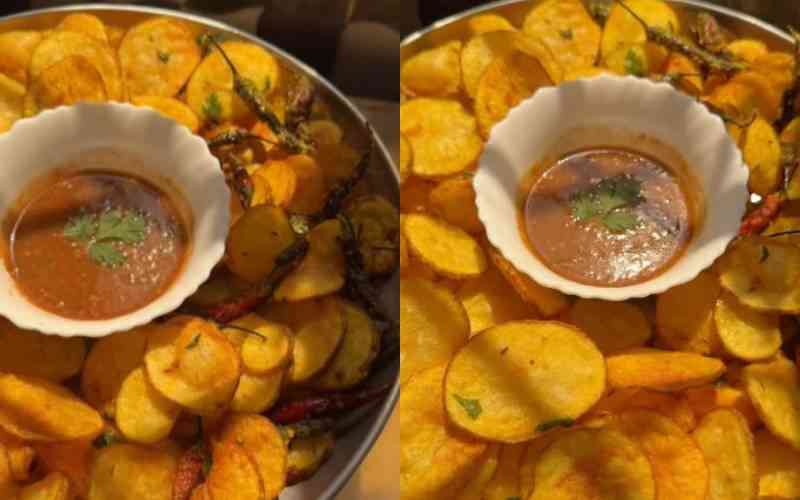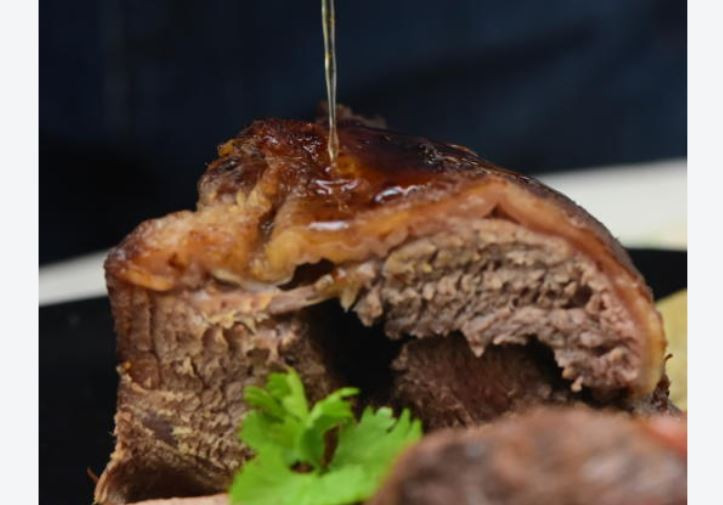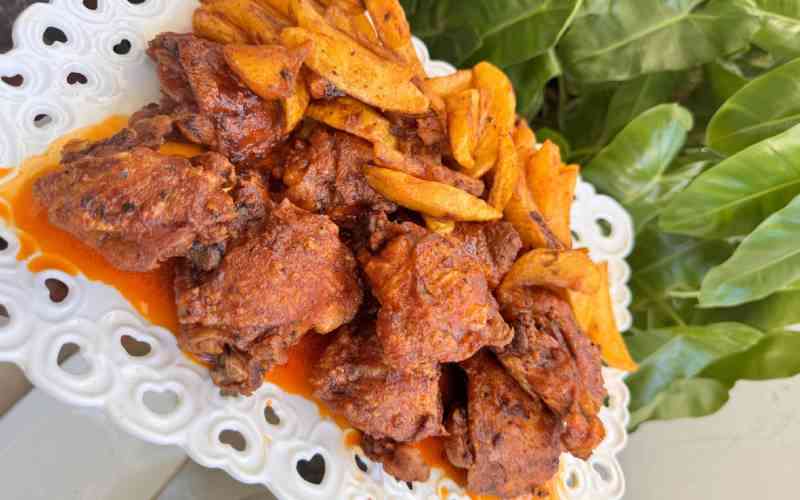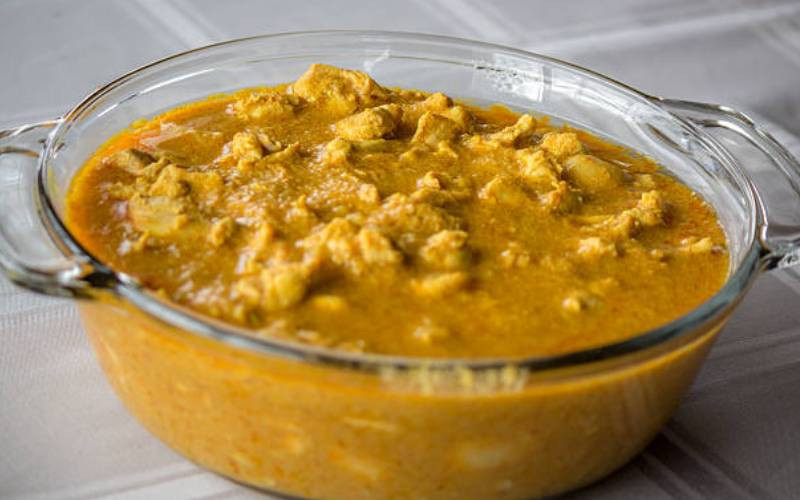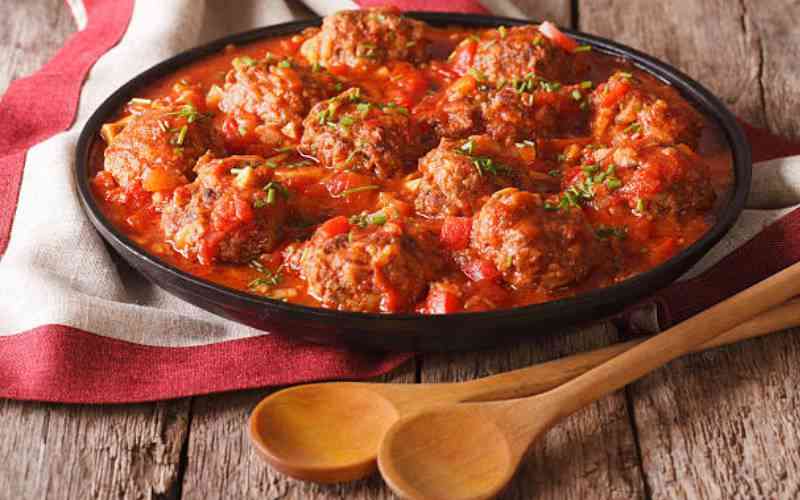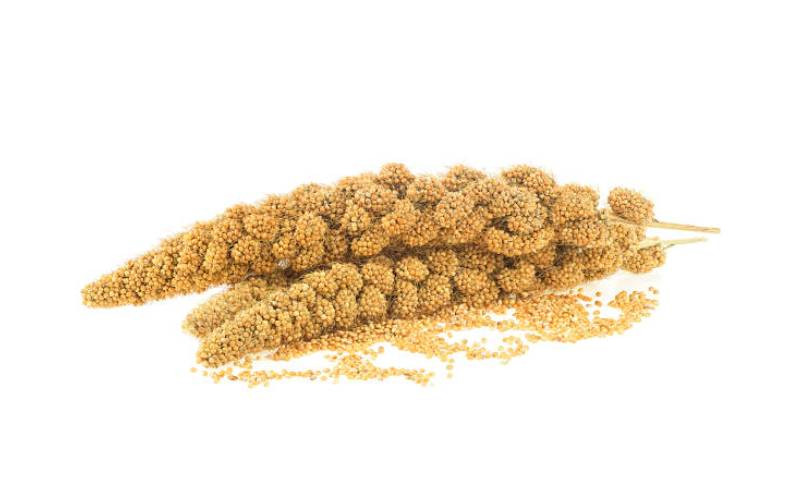
Regarding traditional grains and cereals, millet, also known as mtama in Swahili, must be mentioned.
Millets are a group of highly variable small-seeded grasses grown worldwide for their ability to withstand harsh conditions and thrive in arid and semi-arid areas.
The most common varieties include pearl millet, foxtail millet, proso millet and finger millet. The grains are small, and round and vary in colour from white to yellow to red.
These grains are highly nutritious and a good source of carbohydrates, protein, fibre, vitamins and minerals.
Millet's high fibre content aids digestion and prevents constipation. The fibre, combined with magnesium and potassium, can help lower cholesterol levels, reducing the risk of cardiovascular disease.
In addition, millet is naturally gluten-free, making it suitable for people with gluten intolerance.
There are several ways to eat millet.
It can make porridge, pilaf, flatbread and bakery products.
- Make food toddlers will eat without a fight
- Myth or truth? The okra water magic
- Four practices that minimise risk of food poisoning
- Easy recipe: Pide 'Fatayer' Turkish flatbread
Keep Reading
It is widely used in animal feed production because of its nutritional value for humans and other animals, especially cattle and poultry.
 The Standard Group Plc is a multi-media organization with investments in media platforms spanning newspaper print
operations, television, radio broadcasting, digital and online services. The Standard Group is recognized as a
leading multi-media house in Kenya with a key influence in matters of national and international interest.
The Standard Group Plc is a multi-media organization with investments in media platforms spanning newspaper print
operations, television, radio broadcasting, digital and online services. The Standard Group is recognized as a
leading multi-media house in Kenya with a key influence in matters of national and international interest.

